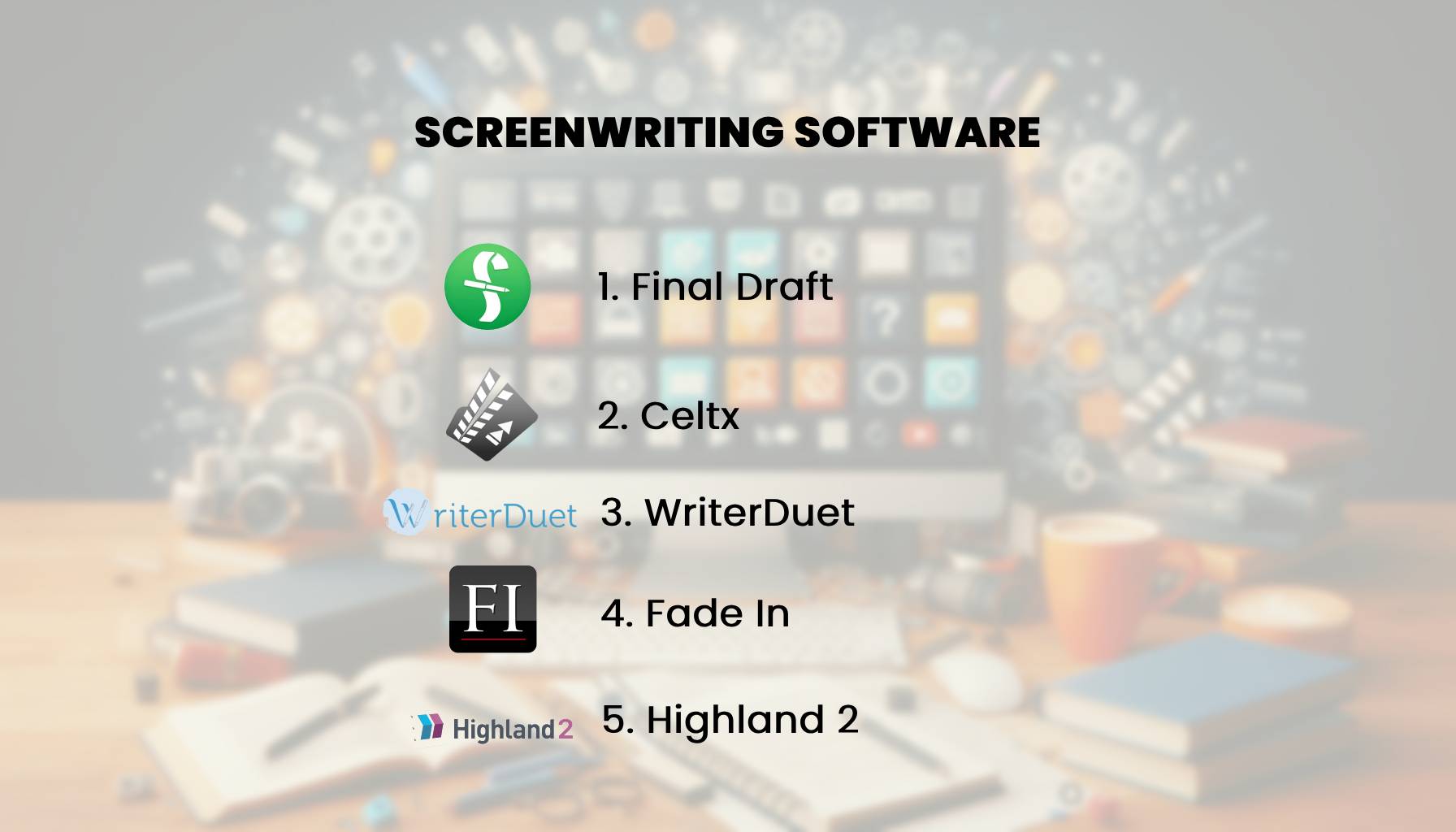In the dynamic world of filmmaking, short films remain a powerful medium for storytelling and a crucial stepping stone for aspiring filmmakers. Whether you’re a student, indie filmmaker, or creative professional, mastering the art of short film scriptwriting can open doors to countless opportunities in the industry.
This comprehensive guide will walk you through everything you need to know about crafting a compelling short film script in 2025.
Understanding the Essence of Short Film Scripts
A short film script is more than just a condensed version of a feature film screenplay. It’s a unique format that requires precision, efficiency, and powerful storytelling within a limited timeframe.
While feature films typically run for 90-120 minutes, short films generally range from 5-30 minutes, demanding a different approach to narrative structure and character development.
In today’s digital age, short films have gained unprecedented prominence. Platforms like Vimeo, YouTube, and film festivals worldwide have created more opportunities than ever for short film creators to showcase their work. This accessibility has raised the bar for quality storytelling, making it essential to master the craft of script writing.
Pre-Writing: Laying the Foundation
Research and Analysis
Before putting pen to paper, immerse yourself in the world of short films. Watch award-winning shorts in your genre, analyze their structure, and note how they tell complete stories in limited time. Pay special attention to:
- Opening sequences and how they hook viewers
- Character introduction techniques
- Pacing and story progression
- Resolution methods
- Visual storytelling elements
Understanding Your Audience and Goals
Define your target audience and what you want to achieve with your film. Are you:
- Creating a calling card for the industry?
- Entering film festivals?
- Telling a personal story?
- Experimenting with a new technique?
Your goals will influence your script’s tone, style, and complexity.

Essential Elements of a Strong Short Film Script
Focused Storytelling
Unlike feature films, short films don’t have the luxury of multiple subplots or extensive character backgrounds. Your story should focus on:
- A single main conflict or idea
- Limited time frame or specific moment
- Clear character motivation
- Decisive resolution
Character Development in Limited Time
Develop characters that leave a lasting impression without extensive exposition:
- Give characters distinctive traits or quirks
- Show personality through actions rather than dialogue
- Create meaningful character arcs that can be completed within your timeframe
Visual Storytelling
Remember the golden rule: show, don’t tell. Utilize:
- Strong visual elements
- Meaningful character actions
- Environmental storytelling
- Symbolic imagery
The Writing Process
Developing Your Core Idea
Start with a clear, compelling concept that can be effectively explored in a short format. Your idea should be:
- Simple yet profound
- Manageable within your intended runtime
- Visually interesting
- Emotionally resonant
Structuring Your Story
Even short films need proper structure. Consider this framework:
- Hook (First 30 seconds)
- Setup (First 1-2 minutes)
- Conflict Introduction
- Rising Action
- Climax
- Resolution
Writing Effective Dialogue
In short films, every word counts. Your dialogue should:
- Reveal character and advance the plot simultaneously
- Avoid exposition dumps
- Use subtext effectively
- Sound natural while remaining purposeful
Technical Aspects and Formatting
Professional Script Format
Follow industry-standard formatting:
- Use 12-point Courier font
- Include proper scene headings (INTERIOR/EXTERIOR, LOCATION, TIME)
- Write clear action lines
- Format dialogue correctly
- Maintain appropriate spacing
Example:
INT. COFFEE SHOP - MORNING
Sunlight streams through large windows. SARAH (25), disheveled but determined, sits alone at a corner table, staring at her laptop.
SARAH
(muttering to herself)
One more try. Just one more.
Page Layout
- One page typically equals one minute of screen time
- Keep scenes concise and purposeful
- Use white space effectively
- Include only necessary description
Common Pitfalls to Avoid
Story Issues
- Overcomplicated plots
- Too many characters
- Unclear themes or messages
- Lack of focus
- Unsatisfying endings
Technical Mistakes
- Poor formatting
- Excessive camera directions
- Over-describing actions
- Unfilmable elements
Polishing Your Script
Revision Process
- First Draft: Focus on getting the story down
- Structure Edit: Ensure your story flows logically
- Character Pass: Verify character consistency and development
- Dialogue Edit: Tighten and improve conversations
- Technical Pass: Check formatting and production feasibility
Getting Feedback
- Organize script readings
- Share with other writers
- Consider professional script coverage
- Test with your target audience
Next Steps After Completion
Protection and Registration
- Register your script with the Writers Guild
- Consider copyright protection
- Keep dated drafts and notes
Sharing Your Work
- Create a compelling logline
- Prepare a brief synopsis
- Consider creating a pitch deck
- Network with other filmmakers
Festival Submission Strategy
- Research suitable festivals
- Prepare necessary materials
- Plan your submission timeline
- Budget for submission fees
Resources and Tools
Recommended Software
- Final Draft
- Celtx
- WriterDuet
- Fade In
- Highland 2

Learning Resources
- Online screenwriting courses
- Screenwriting books
- Film analysis websites
- Industry blogs and podcasts
Conclusion
Writing a script for a short film is an art form that requires creativity, technical knowledge, and strategic thinking. Focus on telling a compelling story efficiently, develop memorable characters, and maintain professional formatting standards. Remember that every successful filmmaker started somewhere, and short films remain one of the best ways to develop your voice and showcase your talent.
Frequently Asked Questions
Q: How long should my short film script be? A: Typically, one page equals one minute of screen time. Most successful short films run between 5-15 minutes, so aim for 5-15 pages.
Q: Do I need special software to write my script? A: While specialized screenwriting software helps maintain proper formatting, you can start with basic word processors. Many free options are available online.
Q: How many characters should I include? A: For short films, limit your main characters to 2-3. Each additional character requires screen time for development and can complicate your story.
Q: Should I include camera directions? A: Generally, avoid camera directions unless absolutely necessary for the story. Focus on telling the story and leave technical decisions to the director.
Remember, every great filmmaker started with a script. Your short film could be the beginning of an exciting journey in cinema. Start writing today, and don’t be afraid to experiment and find your unique voice in storytelling.
